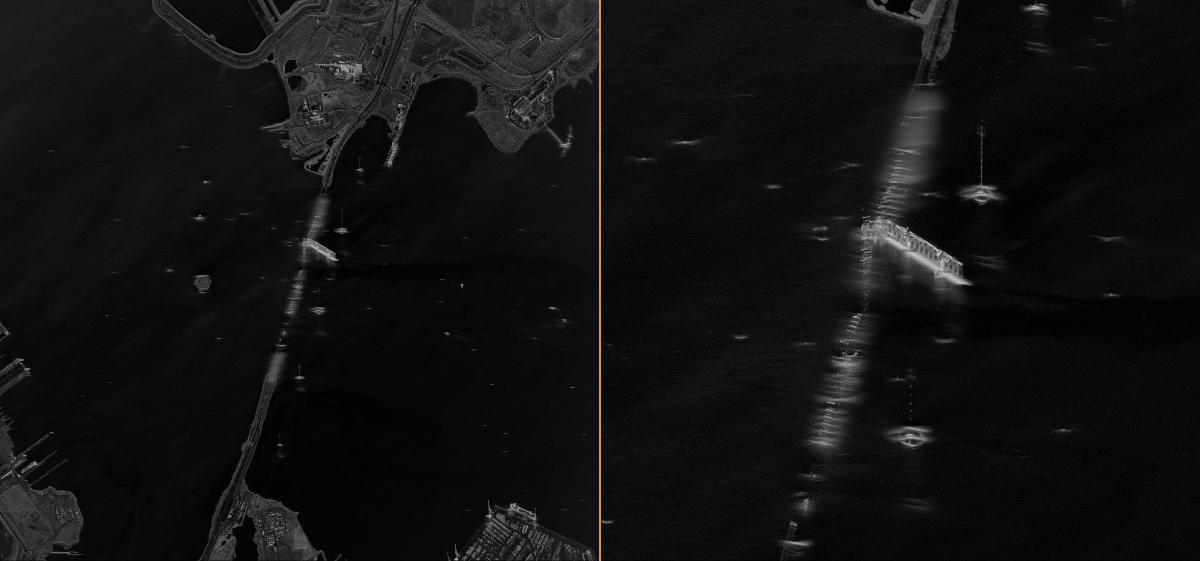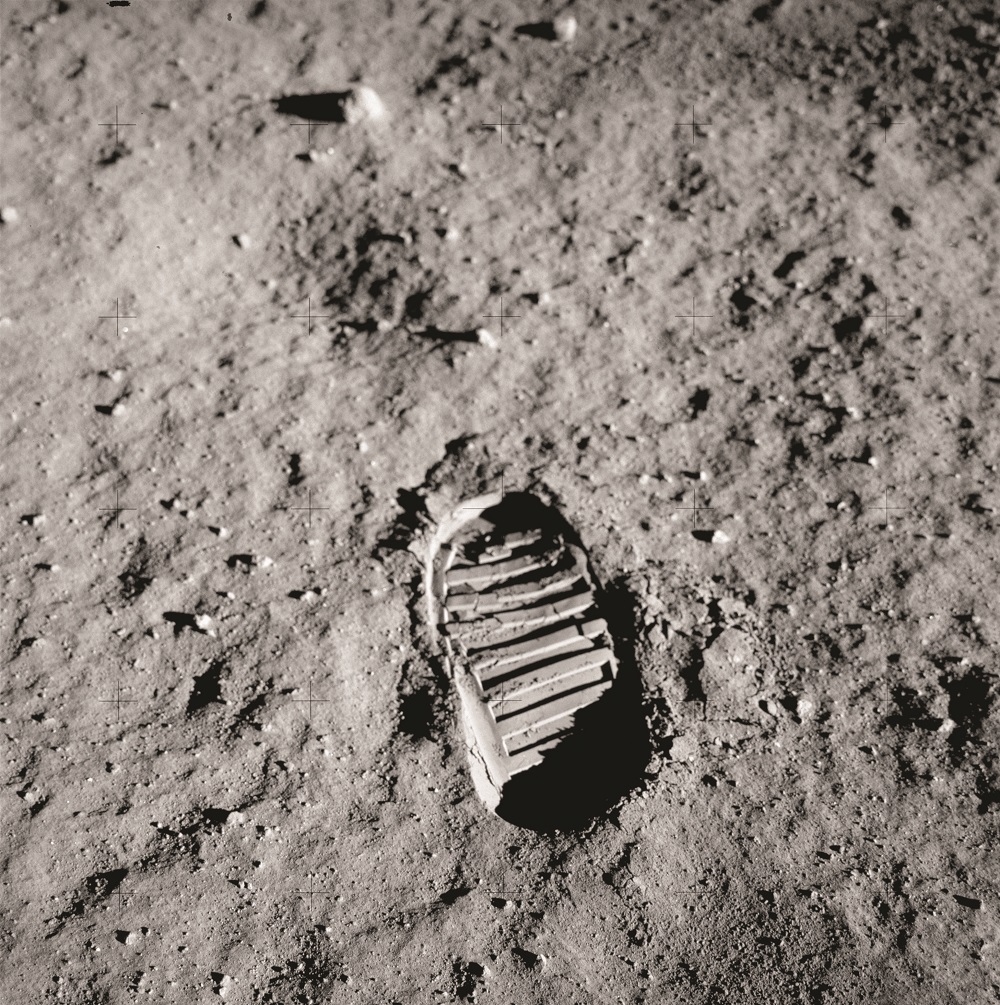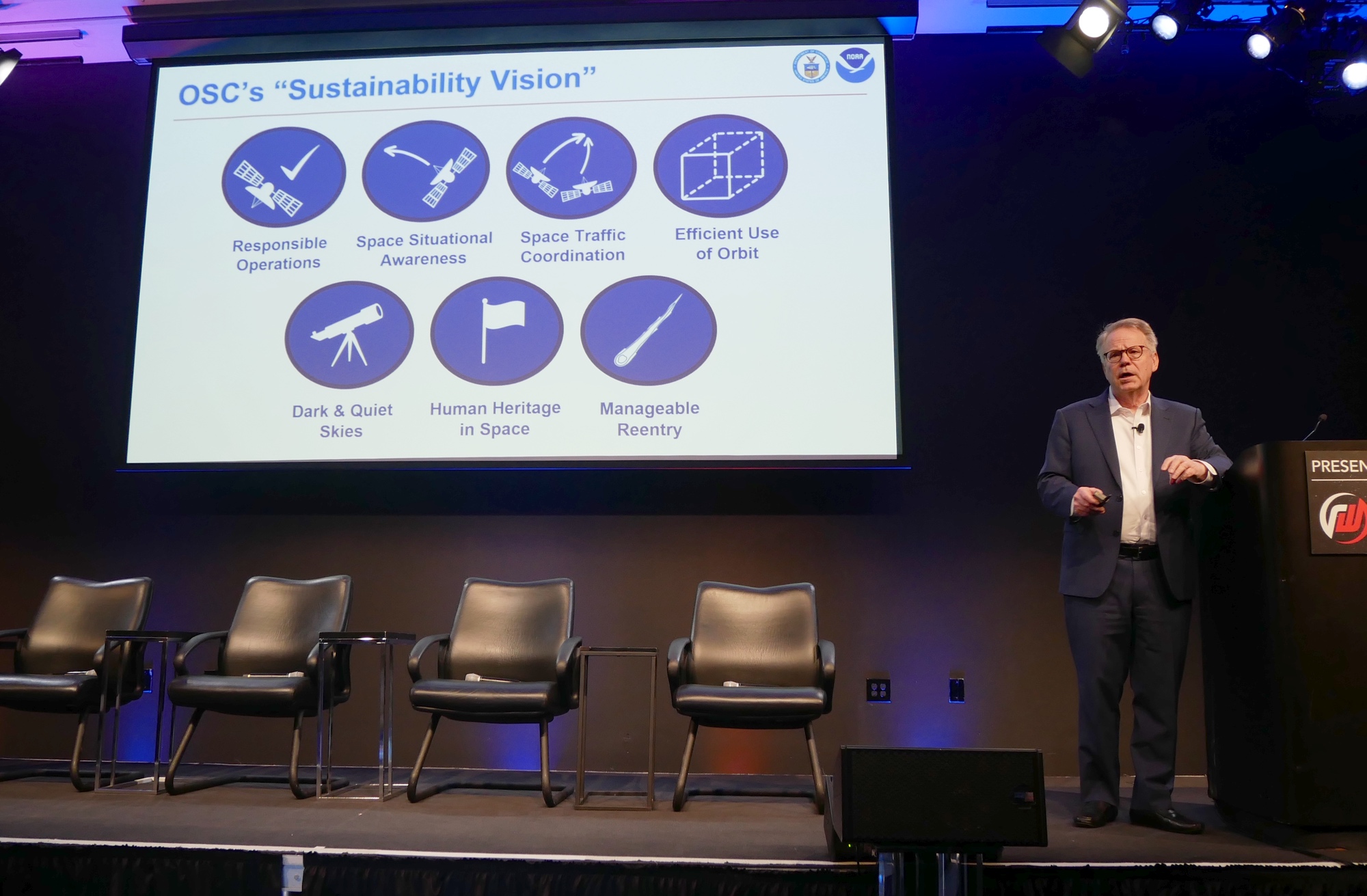Forty years ago, the United States government made a decision that transformed the modern world: it opened the Global Positioning System (GPS) to civilian use. What began as a military technology became the foundation for countless innovations that we now take for granted — from turn-by-turn navigation to precision farming to emergency response systems. Today, GPS contributes hundreds of billions of dollars annually to the global economy while maintaining America’s technological leadership.
We stand at a similar crossroads with another transformative space technology: Synthetic Aperture Radar (SAR). These advanced satellites can image the Earth through clouds and darkness, providing critical data for a wide range of applications. From improving agricultural yields to accelerating disaster response while also providing critical capacity for dual-use missions, the potential benefits are vast and exhilarating.
As the U.S. government considers new export regulations under the International Traffic in Arms Regulations (ITAR) for commercial SAR technology, we have an opportunity to learn from the GPS experience. The proposed rules would restrict U.S. companies to exporting SAR systems with a maximum bandwidth of 500 MHz — well below the 1,200 MHz that has emerged as the global commercial standard. Artificially limiting U.S. exports to 500 MHz would mean trying to sell yesterday’s technology in tomorrow’s market.
The rationale behind the proposal is curious. While SAR provides unique capabilities that could be misused, the reality is that commercial providers in Finland, France, Germany, Italy and China are actively selling 1,200 MHz systems globally. In fact, the 500 MHz limit seems to be based on outdated assumptions about what constitutes militarily significant capability. In today’s world, where 1,200 MHz systems are commercially available from multiple sources, this restriction inadvertently disadvantages U.S. industry without meaningfully controlling access to the technology.
Indeed, the proposed rules would create a highly unusual situation: American companies can currently provide 1,200 MHz SAR data services to customers worldwide but would be severely restricted from exporting the systems themselves (except to certain allies such as Australia, Canada and the United Kingdom) — even as U.S.-based customers are importing data and systems that work at that same frequency from foreign providers. The proposed ITAR restrictions would therefore do little to control access to the technology while potentially ceding U.S. leadership in this critical domain.
That would be a missed opportunity, if for no other reason than American companies have developed innovative approaches that set them apart from global competitors. For instance, U.S. firms like ours have pioneered fully automated systems that can deliver SAR data to users in a fraction of the time compared to traditional methods. This speed and reliability make American SAR technology particularly valuable for time-sensitive applications.
The GPS precedent shows us a better path forward. When GPS was opened for civilian use, it didn’t diminish its military value. Instead, commercial adoption drove innovation and cost reduction while establishing GPS as a critical global infrastructure — with the U.S. maintaining its position as the technology leader. The same opportunity exists with SAR.
By allowing U.S. companies to compete fully in the global marketplace, we can ensure that American innovation continues to lead the way in SAR technology and maintains the ability to align investment from industry, international markets and the U.S. government. This would strengthen our relationships with allies, support humanitarian efforts worldwide and maintain our technological edge through market-driven advancement rather than restriction.
As our nation considers the proposed ITAR regulations on SAR systems, we should remember the GPS lesson: American leadership in space technology is best maintained not through restriction, but through embracing commercial innovation while maintaining appropriate safeguards. By allowing U.S. companies to compete at the current global standard of 1,200 MHz, we can ensure that SAR technology develops in a way that serves both our national security and our commercial interests.
The comment period for these proposed regulations ends on November 22. As industry leaders and policymakers consider the path forward, we have an opportunity to position American companies at the forefront of this transformative technology — just as we did with GPS 40 years ago. GPS is considered the gold standard globally; let’s work together to position American SAR as the gold standard in its field as well. The choice we make today will determine whether the U.S. leads or follows in the next generation of space-based Earth observation.
Frank Backes is CEO of Capella Space, a U.S. provider of SAR satellite systems and data



